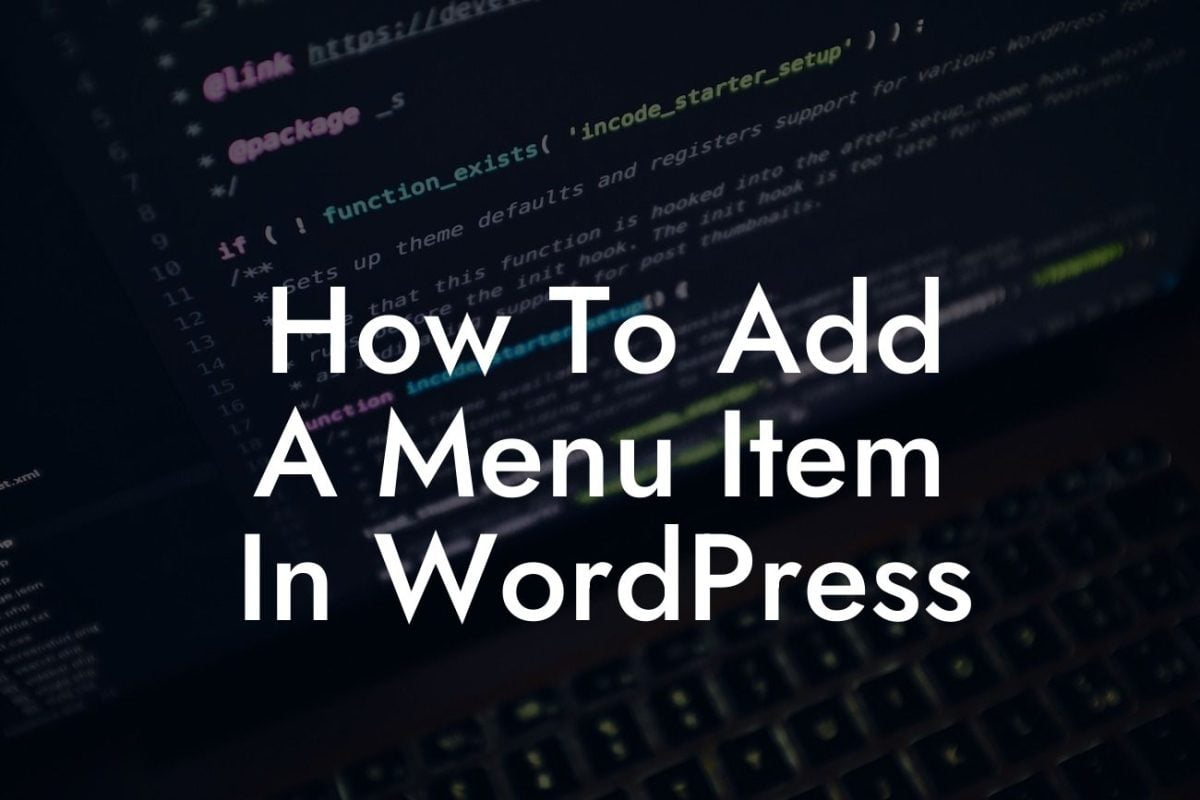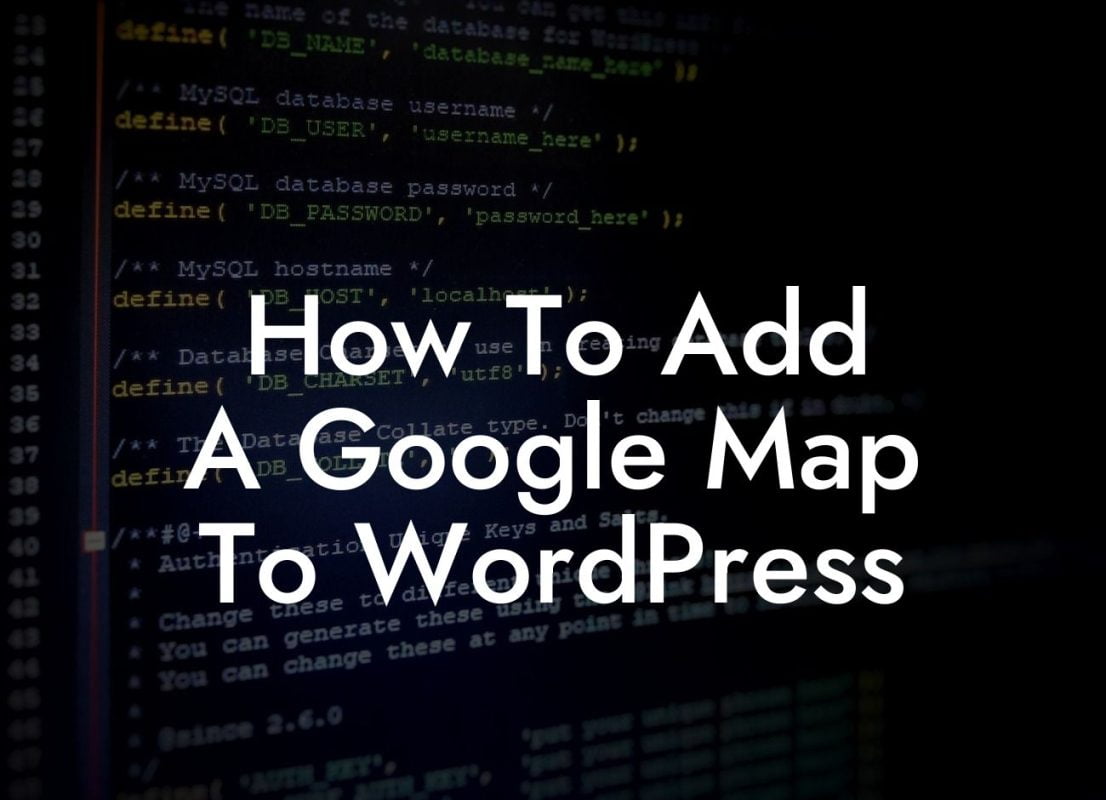Are you a small business owner or entrepreneur looking to take your online presence to the next level? Perhaps you've recently built a WordPress website and want to ensure it is properly optimized for success. One crucial step in the process is learning how to change nameservers on WordPress. In this informative guide, DamnWoo will walk you through the process step-by-step, ensuring you have the knowledge and confidence to make this essential adjustment.
Changing nameservers on WordPress involves working with DNS settings to connect your WordPress hosting provider with your domain name registrar. Follow the detailed steps below to successfully change nameservers and improve your website's performance:
1. Understand DNS: Before diving into the process, it's important to understand what DNS is and how it affects your website. DNS stands for Domain Name System and acts as a directory that translates domain names into IP addresses, allowing users to access websites by entering domain names instead of complex IP addresses.
2. Identify your domain registrar: Determine where your domain is registered. Popular domain registrars include GoDaddy, Namecheap, and Bluehost. Log in to your account on the registrar's website and locate the domain management section.
3. Locate the nameserver settings: Within the domain management section, look for the option to manage nameservers or modify DNS settings. This may vary depending on your registrar's interface. Once found, click on it to access the nameserver settings.
Looking For a Custom QuickBook Integration?
4. Obtain nameserver information from your hosting provider: Get the nameserver information from your WordPress hosting provider. This typically includes two nameserver addresses. Refer to your hosting provider's documentation or contact their customer support for assistance.
5. Enter nameserver information: In the nameserver settings section, input the nameserver addresses provided by your hosting provider. This will establish the connection between your domain and your WordPress hosting.
6. Save the changes: Once you've entered the nameserver information, save the changes. Depending on your domain registrar, this may involve clicking a "Save" or "Update" button.
How To Change Nameservers On Wordpress Example:
Let's say you've registered your domain with GoDaddy, and you're hosting your WordPress website with Bluehost. In your GoDaddy account, you navigate to the domain management section, find the nameserver settings, and enter the nameserver addresses provided by Bluehost. After saving the changes, your domain will be connected to your WordPress hosting, allowing visitors to access your website seamlessly.
Congratulations! You've successfully changed nameservers on WordPress and taken a significant step towards optimizing your online presence. Remember to explore other helpful guides on DamnWoo to further enhance your website's performance. Be sure to try one of our awesome WordPress plugins, designed exclusively for small businesses and entrepreneurs like you. Don't forget to share this article with others who may benefit from this knowledge. Together, let's embrace the extraordinary and propel your online success to new heights.













